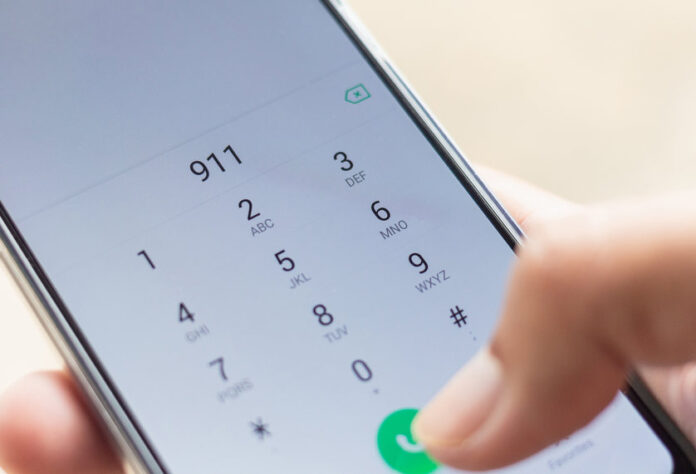Each year for the past 12 years, the Federal Communications Commission has gathered information from states and territories about their 911 fee collection, distribution and general operations and put it together in a report to Congress. Usually published in early December of each year, the most recently available report from 2020 covers the calendar year from January 1- December 31 of 2019.
Here are some of the key statistics from the 2020 annual 911 fee report, related to 911 funding around the country for the more than 5,300 Public Safety Answering Points (PSAPs) who answered more than 211.1 million 911 calls during the course of 2019.
-States and territories reported collecting more than $3 billion in 911/E911 fees during 2019; however, the total estimated cost to provide service in 39 states and four territories was nearly $5.2 billion (not all jurisdictions gave the FCC an estimate of their total service costs).
-When asked whether 911/E911 fees were combined with other funding sources to provide 911 service, 27 states said they did not, and 12 states plus Guan and Puerto Rico said they relied solely on state 911 fees to cover 911 service costs. Twenty-three states, the District of Columbia and the U.S. Virgin Islands said that they combined the 911/E911 fees with other funding sources in order to provide 911 services.
-The FCC reports that around $200 million in 911/E911 fees were “diverted” away from 911 programs by five states, mostly to other public safety-related programs. Still, the agency called out four states that it felt used funds for non-public safety related programs. One example was the state of West Virginia using 911 funds to build towers to improve cellular coverage; the state argued that this would improve 911 service, but the FCC said that fell outside the bounds of how 911 fees should be spent.
-14 states and one jurisdiction reported changing their funding mechanism during 2019, often to collect additional fees. Kansas, for example, increased the per-device 911 funding fee from 60 cents to 90 cents and bumped up prepaid wireless charges, collected up-front, from 1.2% to 2.06%. Maryland explicitly said that it doubled its State 911 fee from 25 cents to 50 cents, “to offset the increased county costs for Next Generation 9-1-1 migration.”
-Based on responding states’ information in the 2020 report, the average wireline 911 fee is $1.04 per line per month; the average wireless 911 fee is $1.03 per line per month; the average prepaid wireless percentage of retail transaction 911 fee is 2.85%; the average prepaid wireless flat 911 fee per transaction is $0.84; and the average VoIP service 911 fee is $1.05 per line per month.
-Total 911 fees collected grew from $2,527,625,361 in the 2015 report to $3,032,215,008 in the 2020 report – an increase of about 20% over the five-year period.
-However, those fees only cover about 58% of the total cost of providing 911 services across the United States and its territories, which is estimated at nearly $5.2 billion per year.
-Only 15 states and D.C. reported spending funds on 911-related cybersecurity for PSAPs.
-42 states, D.C. and Puerto Rico reported that they were working on Next-Generation 911 (NG911) implementations or planning; a reported 9.2% of 911/E911 fees were spent on NG911 related work, or about $278 million. Among the areas of NG911 spending: 27 states put money into NG911 planning or consulting services; 20 reported spending money on ESInet construction; 11 said that they were investing in NG911 core services; 17 made hardware or software purchases or upgrades; 16 indicated that they were using funds for GIS, five spent money on training and two said that they had put funding into next-generation security planning.
The full estimated cost of NG911 deployment was estimated at somewhere between $9.5 and $12.7 billion in 2018, in a report from NTIA and the National Highway Traffic Safety Administration. A proposed $10 billion in funding in the Biden administration’s Build Back Better plan was pared back to just $470 million as part of negotiations to trim the total cost of the bill.
The full 2020 annual report can be accessed here. Read the previous story on the report, including statistics on the number of 911 calls from wireless devices, here.

